Breaking Free from Inefficiency
Overhauling Processes and Systems in the Modern Workplace
In the dynamic world of business, in my opinion efficiency is the cornerstone of success. Yet, many organisations find themselves bogged down by inefficiencies rooted in outdated processes, redundant workflows, poor document management, and decision-making bottlenecks. These challenges can cripple productivity, frustrate employees, and impact the bottom line. Addressing these systemic issues is not just a necessity but a strategic imperative.
1. Redundant Workflows and Outdated Procedures
Redundant workflows and outdated procedures often stem from a "we’ve always done it this way" mindset that I have heard all too often. As businesses grow, processes designed for smaller teams or earlier eras fail to scale, resulting in duplicated efforts, misaligned tasks, and unnecessary steps.
Impact on Businesses
- Time wasted on unnecessary approvals and tasks
- Decreased employee morale due to repetitive or meaningless work
- Delays in project completion and customer dissatisfaction
Solutions to Streamline Workflows
- Conduct a Process Audit: Map out all workflows to identify redundancies and inefficiencies. Involve cross-functional teams to ensure no step is overlooked.
- Adopt Lean Principles: Streamline processes by eliminating non-value-adding activities. Focus on delivering maximum value to customers with minimal waste.
- Automate Repetitive Tasks: Implement automation tools for tasks like data entry, scheduling, and reporting. Platforms like Zapier or UiPath and countless AI agents can save significant time.
- Foster a Culture of Continuous Improvement: Encourage teams to regularly review and suggest improvements to workflows.
2. Poor Document Management and Version Control
Disorganised document management and inconsistent version control are common culprits of inefficiency. Employees spend an average of 20-30% of their time searching for information, leading to lost productivity and missed opportunities.
Impact on Businesses
- Increased errors due to working on outdated document versions
- Wasted time searching for files or recreating lost documents
- Reduced collaboration and team cohesion
Solutions for Better Document Management
- Centralise Documentation: Use cloud-based platforms like Google Workspace, Microsoft SharePoint, or MDI Cloud to store and organise files in one accessible location.
- Implement Version Control Systems: Tools like Git for developers or built-in version control in platforms like Microsoft 365 ensure everyone works on the latest document iteration.
- Standardise File Naming and Organisation: Establish clear naming conventions and folder hierarchies to streamline access.
- Invest in Knowledge Management Systems: Create a repository for company-wide knowledge, FAQs, and training materials to reduce repetitive questions and improve onboarding.
3. Bottlenecks in Decision-Making Processes
Decision-making bottlenecks occur when organisations rely on hierarchical structures or lack clarity on who can make decisions. This often leads to delays, frustration, and missed opportunities, especially in fast-moving industries.
Impact on Businesses
- Slower response times to market changes
- Increased frustration among employees due to unclear authority
- Lost revenue and competitive advantage
Solutions to Remove Bottlenecks
- Empower Employees: Clearly define decision-making authority at all levels. Train employees to take ownership and make informed choices within their scope.
- Adopt Decision-Making Frameworks: Use models like RACI (Responsible, Accountable, Consulted, Informed) to clarify roles in decisions.
- Leverage Technology for Decision Support: Use tools like Tableau or Power BI to provide real-time data insights, enabling faster, data-driven decisions.
- Flatten Hierarchies: Reduce layers of management to enable quicker communication and decision-making.
The Path to Efficiency: Building Resilient Systems
Addressing inefficiencies requires a mindset shift and a willingness to invest in the right tools and strategies. By overhauling redundant workflows, establishing robust document management systems, and streamlining decision-making, businesses can unlock their full potential.
Key Steps for Transformation
- Diagnose the Problem: Conduct thorough audits to identify inefficiencies across processes and systems.
- Embrace Technology: Invest in tools that align with your business needs, ensuring scalability and integration.
- Engage Employees: Involve teams in identifying pain points and developing solutions, fostering ownership and buy-in.
- Monitor and Optimise: Make process improvement an ongoing effort by regularly reviewing and refining systems.
By tackling inefficiencies head-on, organisations can foster a culture of productivity, agility, and innovation. The result is not just a leaner operation but a workplace where employees feel empowered, customers receive value faster, and businesses stay ahead in a competitive landscape.
Unsure where to start, contact paul@nortonbc.co.uk for a conversation
We need your consent to load the translations
We use a third-party service to translate the website content that may collect data about your activity. Please review the details in the privacy policy and accept the service to view the translations.
